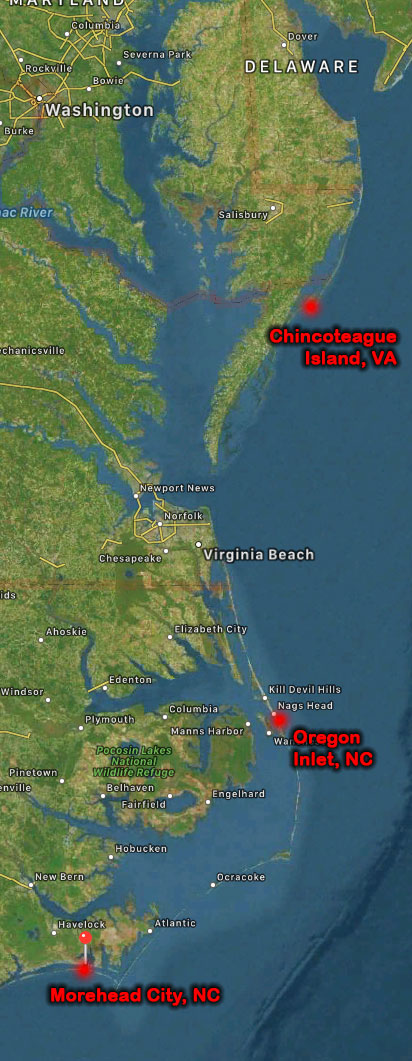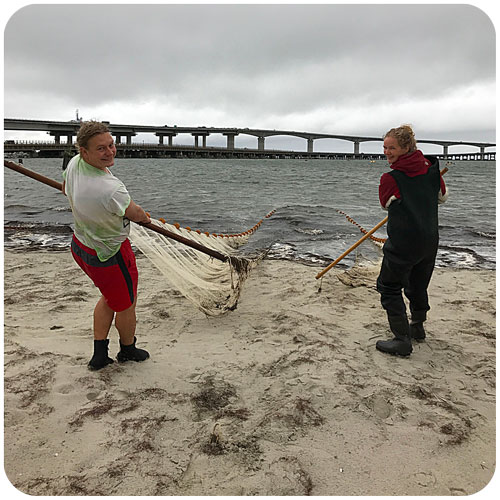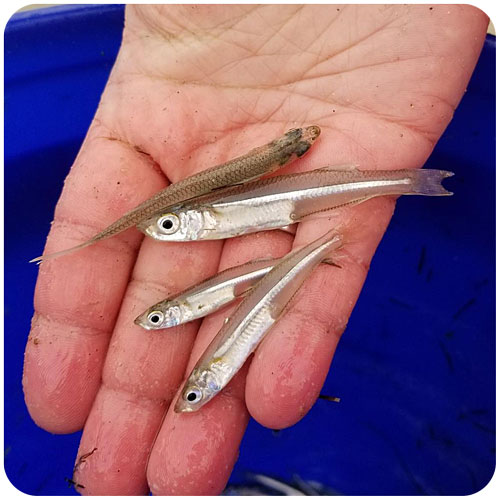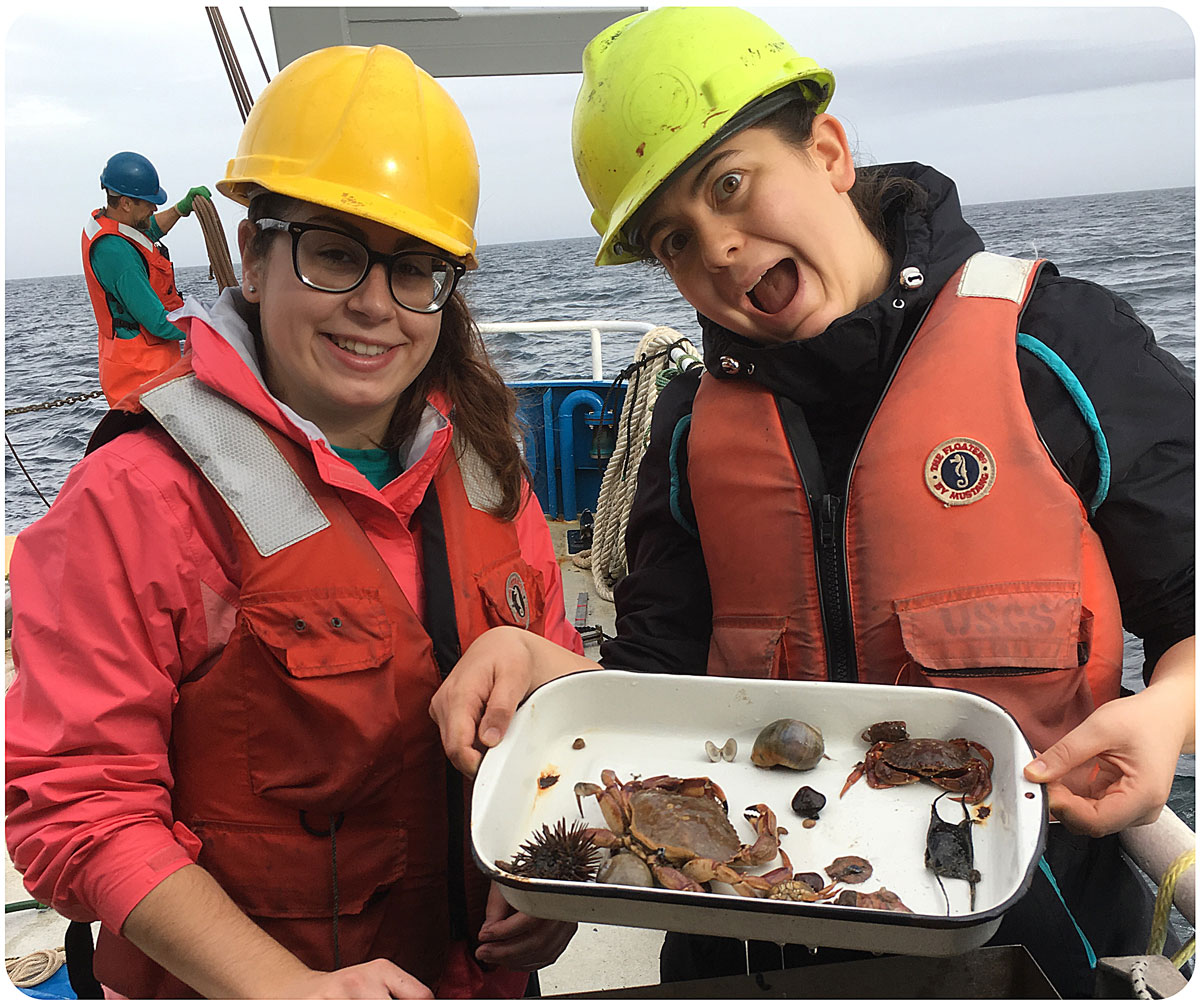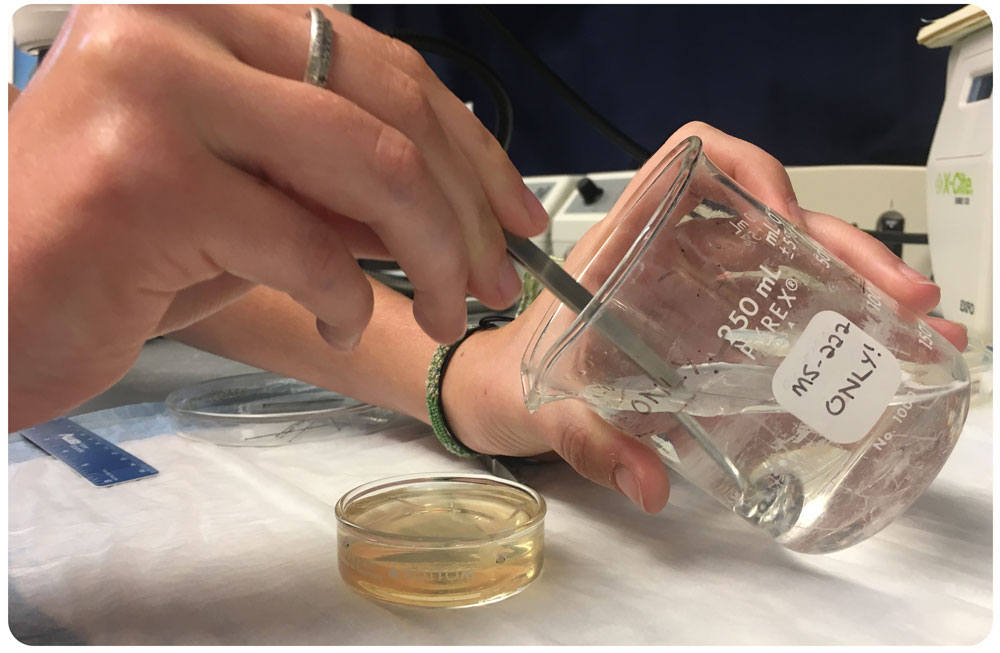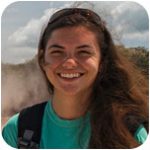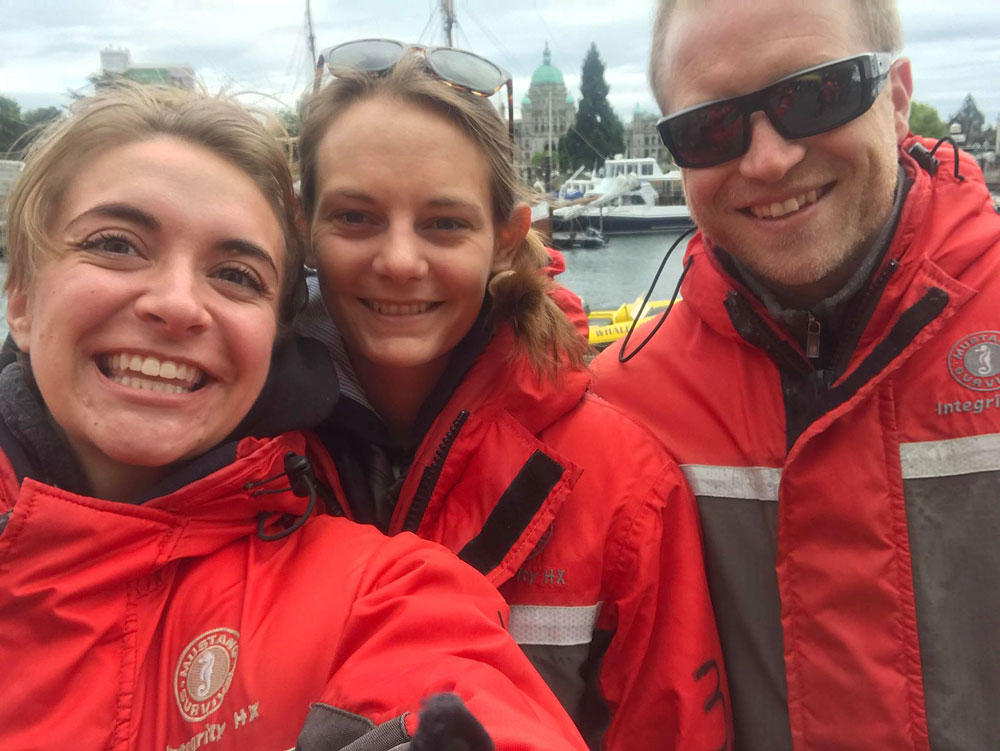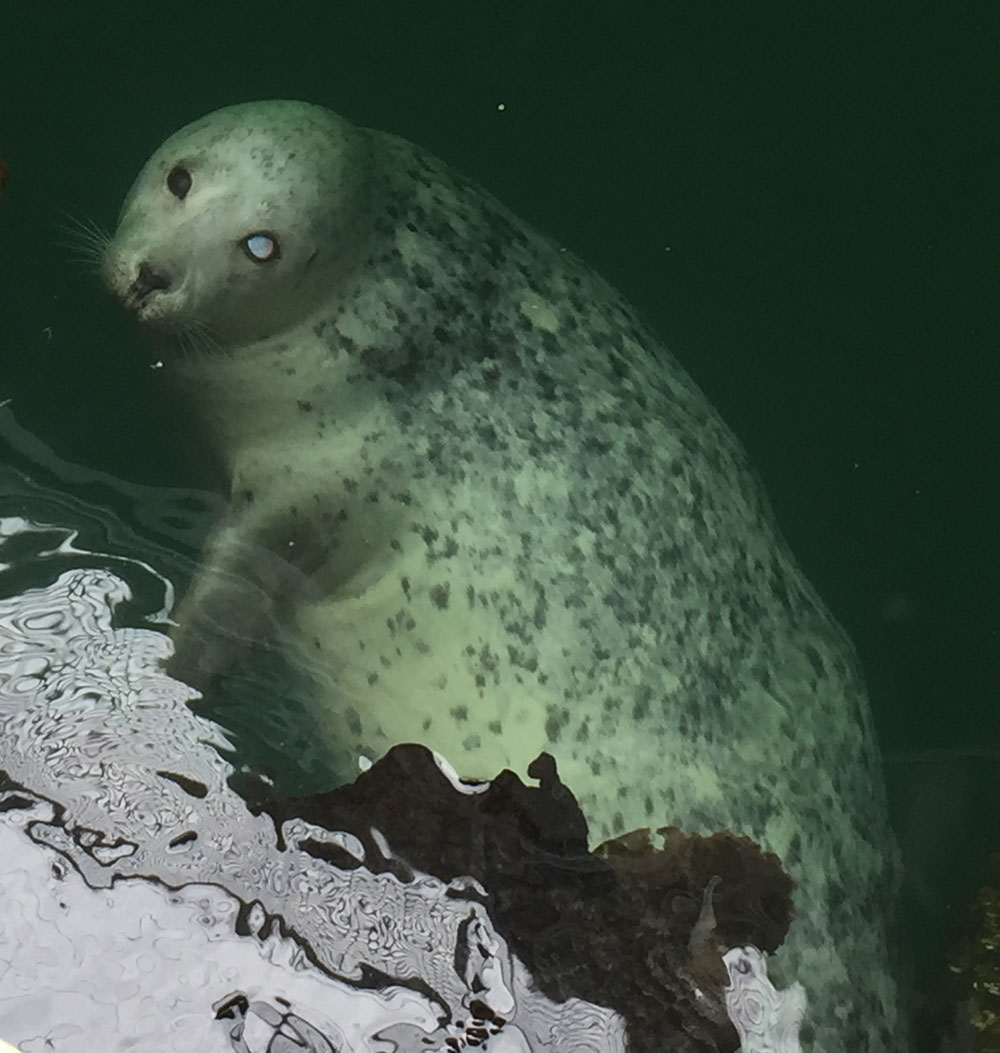Dear Dr Baumann,
Congratulations!
Your article: Robust quantification of fish early life CO2 sensitivities via serial experimentation, Biology Letters, 2018 (DOI: 10.3410/f.734523360.793553721), has been recommended in F1000Prime as being of special significance in its field by F1000 Faculty Member Philip Munday.
You can read Dr Munday’s recommendation here
Munday P: F1000Prime Recommendation of [Baumann H et al., Biol Lett 2018 14(11)]. In F1000Prime, 11 Dec 2018; 10.3410/f.734523360.793553721
Thank you, Phil!







